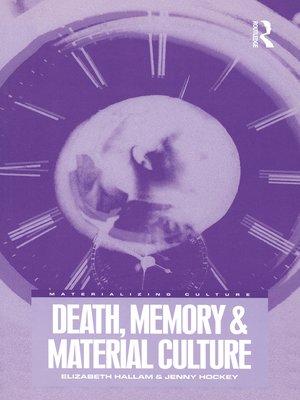
Sign up to save your library
With an OverDrive account, you can save your favorite libraries for at-a-glance information about availability. Find out more about OverDrive accounts.
Find this title in Libby, the library reading app by OverDrive.



Search for a digital library with this title
Title found at these libraries:
| Library Name | Distance |
|---|---|
| Loading... |
- How do the living maintain ongoing relationships with the dead in Western societies? - How have the residual belongings of the dead been used to evoke memories? - Why has the body and its material environment remained so important in memory-making? Objects, images, practices, and places remind us of the deaths of others and of our own mortality. At the time of death, embodied persons disappear from view, their relationships with others come under threat and their influence may cease. Emotionally, socially, politically, much is at stake at the time of death. In this context, memories and memory-making can be highly charged, and often provide the dead with a social presence amongst the living. Memories of the dead are a bulwark against the terror of forgetting, as well as an inescapable outcome of a life's ending. Objects in attics, gardens, museums, streets and cemeteries can tell us much about the processes of remembering. This unusual and absorbing book develops perspectives in anthropology and cultural history to reveal the importance of material objects in experiences of grief, mourning and memorializing. Far from being 'invisible', the authors show how past generations, dead friends and lovers remain manifest - through well-worn garments, letters, photographs, flowers, residual drops of perfume, funerary sculpture. Tracing the rituals, gestures and materials that have been used to shape and preserve memories of personal loss, Hallam and Hockey show how material culture provides the deceased with a powerful presence within the here and now.







